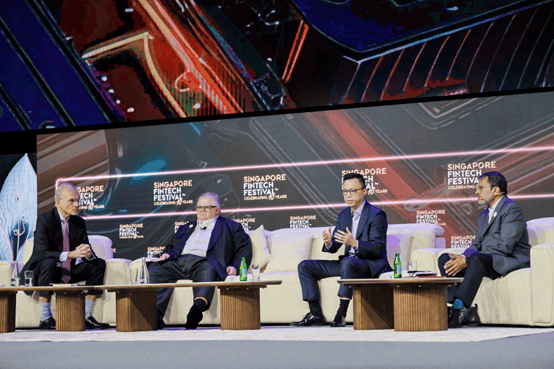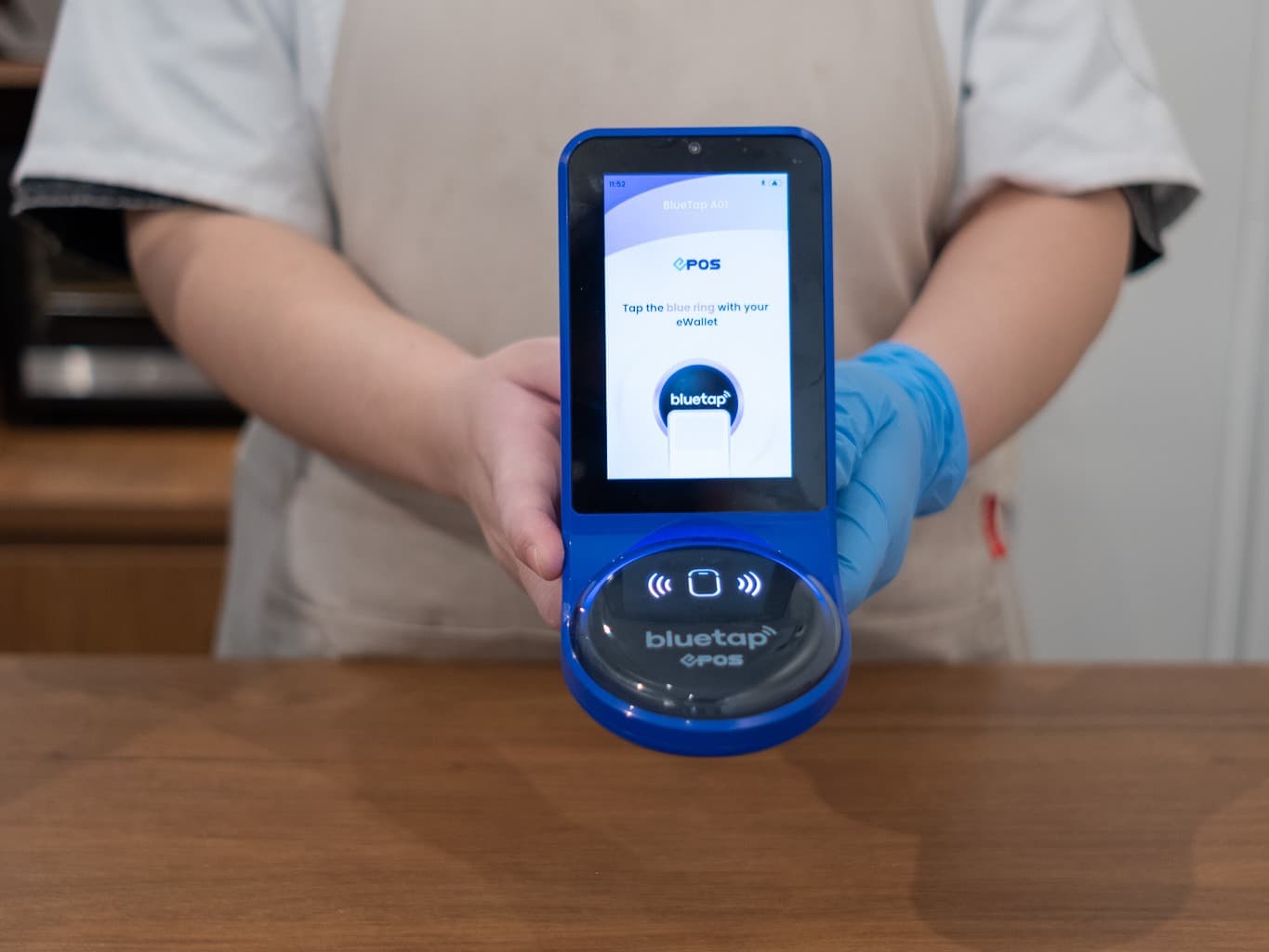
Real-world trial demonstrates first major advance in risk assessment since invention of telematics
LONDON, 14 October 2025 – InsureVision, the London-based company specialising in AI-powered contextual driving risk assessment, today announced results from two years of real-world testing that demonstrate a fundamental breakthrough in video-based risk assessment. The company's AI-powered enviromatics technology (using fully learned E2E transformer models) delivered 3x improvement in risk prediction accuracy compared to traditional telematics inputs (accelerometer and GPS), with independent review by Dr Neale Kinnear, former Head of Behavioural Insights at Aon, and Dr Johnathon Ehsani, Associate Professor at Johns Hopkins University.
The breakthrough addresses a critical industry challenge: nine of the top 10 US commercial auto carriers lost money in 2024, spending $107 on claims and expenses for every $100 collected in premiums. The few carriers achieving profitability have done so through superior risk segmentation capabilities - an advantage now available to the broader market through InsureVision's technology.
"For decades, the insurance industry has been flying blind, measuring speed and braking events without understanding why they happened," said Mark Miller, CEO of InsureVision. "We've solved that fundamental problem by teaching AI to see and understand the complete driving environment. Our technology doesn't just measure what happened, it understands why it happened and what it means for future risk. This builds on existing telematics infrastructure to deliver the fine-grained risk intelligence that enables profitable underwriting whilst protecting against nuclear claims."
The nuclear claims challenge
The commercial auto crisis is driven by "nuclear verdicts" – liability claims exceeding $10 million. In 2024, just 16 nuclear verdicts totalled $1.3bn, an average of $81m per claim. A single catastrophic claim can eliminate years of profitability across an entire book of business.
The fundamental problem is that traditional risk factors focus on who, where, what and when, but understanding nuclear claim risk requires knowing HOW a driver drives. Traditional telematics was meant to solve this but fails because it lacks context.
InsureVision's technology identifies high-risk drivers with unprecedented accuracy, including those who don't respond to traditional fleet coaching programmes. The system tracks the behavioural patterns that precede catastrophic claims, enabling carriers to intervene proactively and demonstrate reasonable duty of care – essential in an environment where single verdicts can reach nine-figure sums.
Key results from the trial include:
- 3x improvement in identifying high-risk drivers versus traditional telematics inputs (accelerometer and GPS)
- Builds on existing telematics – enhances rather than replaces current infrastructure
- Five-hour assessment period versus months required by traditional systems
- Identifies non-responsive drivers who don't improve with coaching and represent nuclear claim risk
The London trial, reviewed by Dr Neale Kinnear and Dr Johnathon Ehsani, studied 2,850 professional drivers over three months. The study compared InsureVision's approach against market-leading telematics systems, finding traditional harsh braking provided 8.3% predictive uplift for at-fault claims whilst InsureVision's combined approach delivered 22.5% – a 3x improvement.
"Traditional telematics suffers from a critical limitation: lack of context," said Dr Johnathon Ehsani of Johns Hopkins University. "A harsh braking event could indicate poor driving or skilled hazard avoidance – conventional systems cannot distinguish between them. This technology understands the complete driving environment."
Transforming commercial auto economics
The breakthrough comes as InsureVision, backed by £2.7m seed funding from Rethink Ventures and State Farm Ventures, addresses a market predicted to grow to over $40bn by 2030. While 83% of US commercial fleets use telematics, the data is rarely utilised by insurers due to reliability concerns.
InsureVision's technology works with existing telematics infrastructure, adding contextual video analysis that identifies which drivers pose the highest claim risk. Analysis of 635+ driver years and 86 fault claims across both studies demonstrates the technology can better predict which drivers will make claims in the following month, enabling preventative intervention rather than reactive coverage after losses occur.
The results position commercial auto carriers to finally achieve the profitable underwriting that has eluded the industry for over a decade, whilst simultaneously reducing the nuclear claim exposure that threatens carrier solvency.
About InsureVision
InsureVision unlocks the power of video to enable fine-grained understanding of driver risk. Radically more powerful than existing telematics solutions, the company's enviromatics technology allows commercial auto carriers to underwrite usage-based insurance policies more accurately and profitably whilst building on their existing telematics base. We drive with our eyes. InsureVision lets insurers price risk with them.
Founded in 2022 by a team of data scientists and industry experts, InsureVision is on a mission to stop catastrophic claims, save lives, and make insurance premiums fair by reinventing risk assessment using end-to-end transformer AI. The company has strategic partnerships with major insurers including Mitsui Sumitomo Insurance Co., Ltd., one of Japan's largest insurance companies, and is backed by leading investors including State Farm Ventures, Rethink Ventures, and Twin Path Ventures.
For more information, visit https://insurevision.ai/


